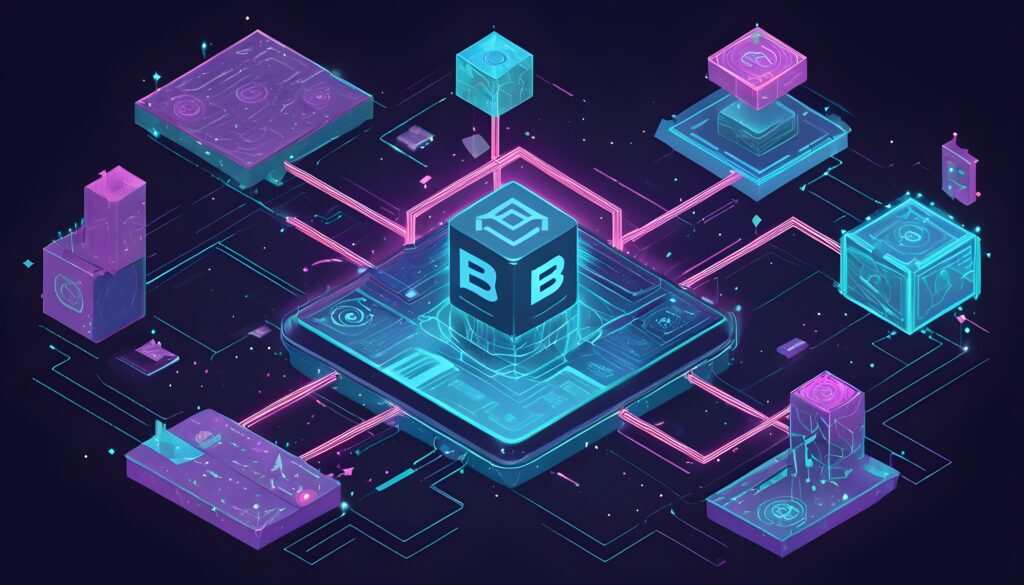It is almost impossible to talk about masternodes without mentioning the cryptocurrency project that pioneered the concept. In 2014, Dash (formerly known as XCoin and later Darkcoin) introduced masternodes as part of its two-tier network to address some of the flaws of Bitcoin.
Founded by Evan Duffield, Dash is popular for its masternodes and X11 algorithm, which uses 11 different hash functions to ensure a safe and efficient network.
In this guide, we will explore one of Dash’s major selling points – its masternodes.
What is a Dash Masternode?
Speaking broadly, a masternode is a “full node” that performs “special functions” within a blockchain network. This full node is typically a computer server that holds the entire copy of a blockchain’s transaction history.
In the case of Dash, the special functions its masternodes provide include value-added services such as coin mixing (PrivateSend) and InstantSend services. Other functions include ChainLocks, which safeguards the network against 51% attacks, and decentralized governance. Operating a Dash masternode requires a minimum of 1,000 DASH tokens and in return for their services, masternode operators receive rewards in the form of DASH tokens.
Every time a new block is added to the Dash blockchain, rewards are generated and paid out in the following ratio: 45% to miners, 45% to masternodes, and 10% to Dash’s governance budget.
Functions of Dash Masternodes
What is PrivateSend?
The PrivateSend service (aka CoinJoin) is a coin mixing feature on the Dash protocol designed to obscure the origin of a transaction. This feature allows users to anonymize their transactions, making it difficult for outside observers to track their activity on the network.
When a user initiates a PrivateSend transaction, their inputs are mixed with the inputs of other users in the network who also want to use PrivateSend. This is done to break the link between the sender and receiver. After the inputs have been mixed, a new transaction is created with the same total amount of Dash as the original transaction.
This new transaction contains mixed inputs from all participating users. The mixed inputs are then assigned to new outputs, with each output receiving a fraction of the total amount of Dash in the transaction. This helps to further obscure the original sender and receiver. Once the new transaction is created, it is verified by Dash masternodes to ensure its validity. Finally, the new transaction is broadcast to the network and added to the Dash blockchain, where it is publicly visible like any other transaction.
What is InstantSend?
As of May 9, 2023, the average confirmation time for a transaction on the Bitcoin blockchain was around 10 minutes. Comparatively, the average transaction confirmation time on Dash is more than four times faster, with some reports claiming that transactions happen in under two seconds. This speed is powered by Dash’s InstantSend feature, which works by using a system of masternodes to validate transactions and prevent double-spending.
What you need to setup a Dash masternode
When it comes to hosting a dash masternode, there are basically two ways to go about it. You can decide to set it up by yourself (recommended for advanced users) or use a masternode hosting service (a convenient option for new users). Examples of masternode hosting providers include CrowdNode, Allnodes, SID Hosting Service, Nodehub, and Gentarium.
Setting up a Dash masternode varies from one service provider to another. However, the process is generally less cumbersome than going solo. But then, here’s what you will need if you decide to set up a masternode on your own.
- A minimum of 1,000 DASH coins
- The official Dash wallet
- A dedicated Virtual Private Server (VPS) with a static IP address and at least 2 GB of RAM
- Technical know-how and expertise in Linux, command-line interfaces, and network administration.
What are High-Performance Masternodes (HPMNs)?
Unknown to most people, Dash has a secondary masternodes layer, known as “High-Performance Masternodes (HPMNs).” Created to host Dash Platform, “a Web3 technology stack for building decentralized applications on the Dash network,” HPMNs were introduced with Dash Core v19.0.
Unlike regular Dash masternodes, high-performance masternodes require a collateral of 4,000 coins. The recommended system specs for HPMNs are also higher. Meanwhile, they get to enjoy four times the voting power of a normal masternode, as well as 100% of the fees generated from Platform and 37.5% of the masternode portion of Core block rewards.
Is running a Dash masternode profitable?
There are currently over 4,500 Dash masternodes. This should give you a hint that running a masternode on the network is still somewhat profitable.
With DASH currently priced at around $43, it will cost you $43,000 to own a masternode. The monthly ROI is around $230, representing a 0.53% monthly yield on your investment. Compared with some other forms of crypto investments, this is actually a meager amount. However, it is worth pointing out that owning a masternode is more of a long-term investment that can go either way.
If you have the funds and believe in the future of Dash as a cryptocurrency, then operating a masternode is one of the few ways to passively increase your stake in the asset.
It is worth mentioning that your tokens will not be locked when you deploy a masternode on the Dash blockchain. All an intending operator needs to do is prove they own the required collateral by signing a message embedded in a special transaction. However, moving or spending the tokens will cause the masternode to stop earning rewards.





